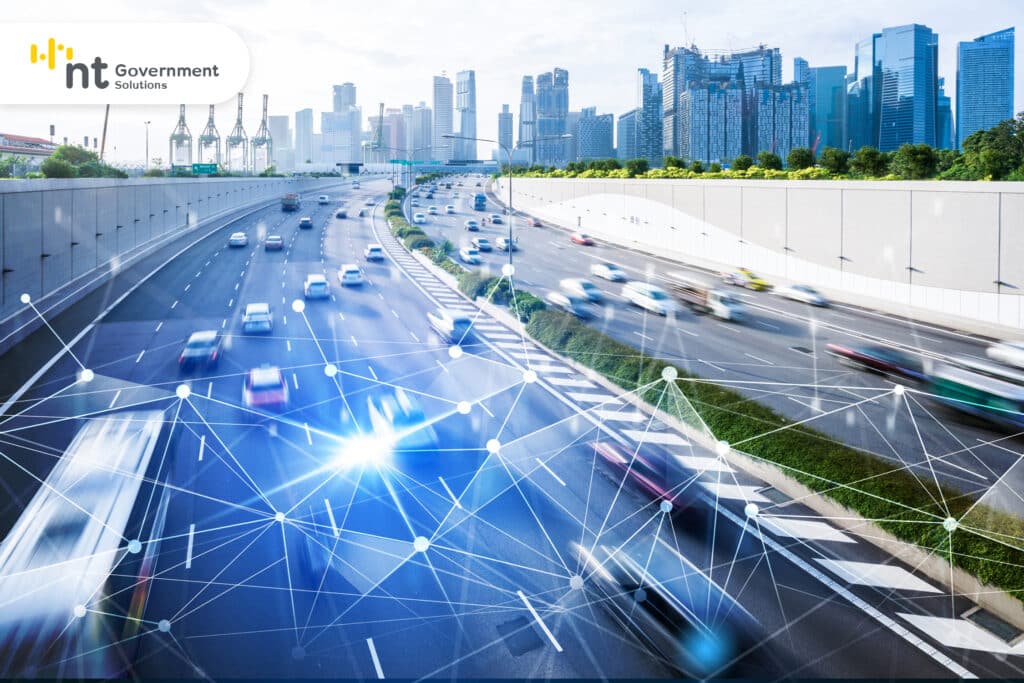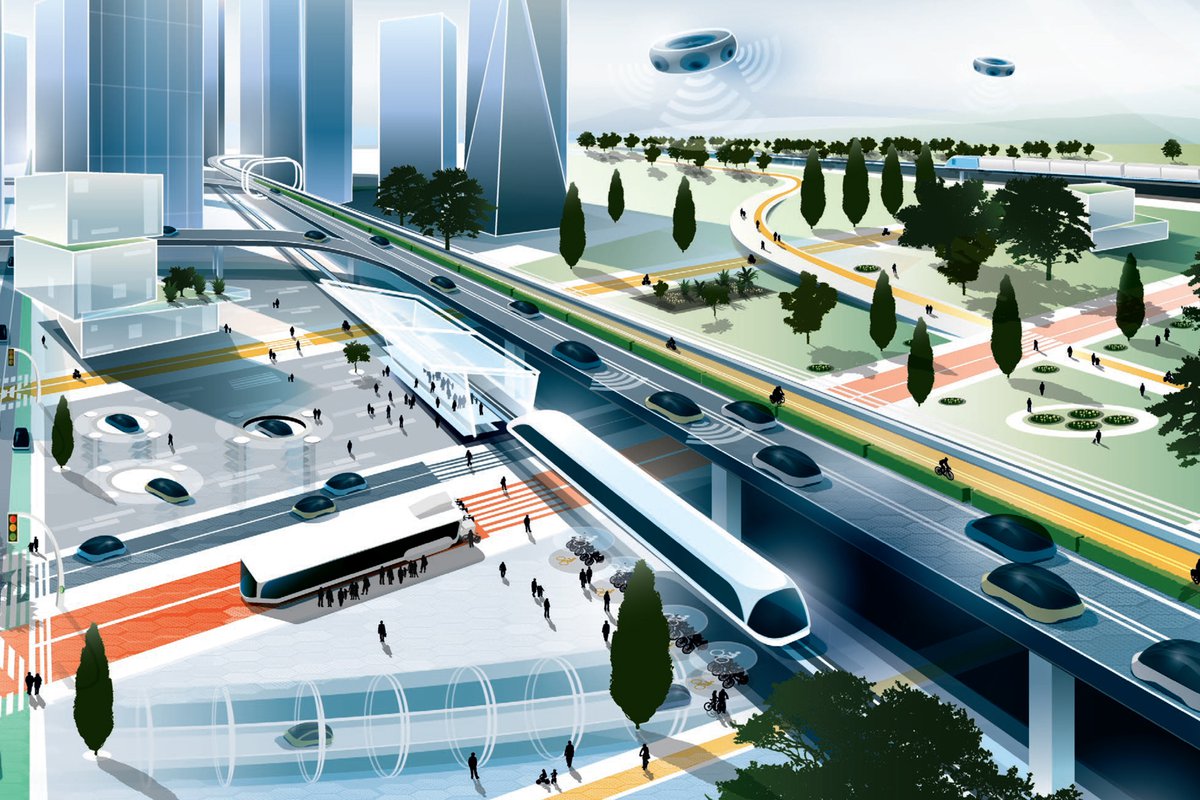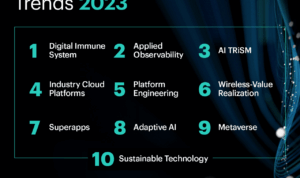Embark on a journey through the realm of smart mobility solutions tailored for urban areas. Discover how innovative technologies are revolutionizing city transportation and paving the way for a more efficient and sustainable future.
Delve into the realm of smart mobility solutions as we uncover the key aspects and benefits reshaping urban transportation landscapes worldwide.
Overview of Smart Mobility Solutions for Urban Areas
Smart mobility solutions in urban areas refer to the integration of technology and innovative transportation methods to improve the efficiency, safety, and sustainability of transportation systems in cities.
Implementing smart mobility solutions in cities is crucial for addressing the challenges of urbanization, such as traffic congestion, air pollution, and limited parking spaces. These solutions can help optimize transportation networks, reduce carbon emissions, and enhance the overall quality of life for urban residents.
Examples of Smart Mobility Solutions
- Electric Vehicles: Electric cars, buses, and bikes are becoming increasingly popular in cities around the world as a cleaner and more sustainable mode of transportation.
- Ride-Sharing Services: Companies like Uber and Lyft have revolutionized urban transportation by providing convenient and affordable alternatives to traditional taxi services.
- Smart Parking Systems: Advanced parking technologies, such as sensors and mobile apps, help drivers locate available parking spaces more efficiently, reducing traffic congestion and emissions.
- Public Transportation Upgrades: Improving public transportation infrastructure, including bus rapid transit systems, light rail, and subway expansions, can enhance mobility options and reduce reliance on private vehicles.
- Micro-Mobility Solutions: Shared scooters, bikes, and e-scooters offer flexible and eco-friendly transportation choices for short-distance trips within urban areas.
Benefits of Smart Mobility Solutions

Smart mobility solutions offer a wide range of benefits for urban areas, ranging from improving traffic flow to promoting environmental sustainability.
Improved Traffic Flow and Reduced Congestion
Smart mobility solutions, such as intelligent traffic management systems and real-time traffic monitoring, help optimize traffic flow by providing data-driven insights and adaptive control mechanisms. By analyzing traffic patterns and adjusting signals in real-time, these solutions can reduce congestion, minimize delays, and improve overall traffic efficiency.
This not only enhances the commuting experience for residents but also reduces emissions from idling vehicles stuck in traffic jams.
Contribution to a Sustainable and Environmentally Friendly Urban Environment
Implementing smart mobility solutions can have a positive impact on the environment by promoting sustainable transportation practices. By encouraging the use of public transportation, cycling, and walking through integrated mobility platforms and smart infrastructure, cities can reduce reliance on private vehicles and lower carbon emissions.
Additionally, the adoption of electric vehicles and shared mobility services can further contribute to a cleaner and greener urban environment. Overall, smart mobility solutions play a crucial role in creating more sustainable and eco-friendly cities for future generations.
Technologies Driving Smart Mobility Solutions
Smart mobility solutions in urban areas are powered by a combination of cutting-edge technologies that revolutionize the way people move around cities. Key technologies such as IoT, AI, and data analytics play a crucial role in enabling the implementation of these innovative solutions.
Internet of Things (IoT)
IoT refers to the network of interconnected devices that collect and exchange data to enable smart functionalities. In the context of smart mobility, IoT allows for real-time monitoring of traffic conditions, parking availability, and public transportation systems. By leveraging IoT sensors and devices, cities can optimize traffic flow, reduce congestion, and enhance overall transportation efficiency.
Artificial Intelligence (AI)
AI plays a vital role in smart mobility solutions by enabling intelligent decision-making processes. AI algorithms can analyze vast amounts of data collected from various sources, such as traffic cameras, GPS systems, and smartphones, to predict traffic patterns, optimize routes, and improve overall transportation services.
AI-powered solutions, such as predictive maintenance for vehicles and dynamic routing for public transportation, help enhance the reliability and efficiency of urban transportation systems.
Data Analytics
Data analytics is essential for extracting valuable insights from the enormous volume of data generated by smart mobility systems. By analyzing data related to traffic patterns, commuter behavior, and environmental factors, cities can make informed decisions to improve transportation infrastructure, reduce emissions, and enhance the overall mobility experience for residents.
Data analytics also enables cities to implement personalized services, such as ride-sharing and on-demand transportation, to meet the diverse needs of urban commuters.
Autonomous Vehicles
Autonomous vehicles, also known as self-driving cars, are a key component of smart mobility solutions that have the potential to revolutionize urban transportation. These vehicles use a combination of sensors, cameras, and AI algorithms to navigate city streets without human intervention.
By reducing human error, autonomous vehicles can improve road safety, reduce traffic accidents, and increase the efficiency of transportation networks. The widespread adoption of autonomous vehicles is expected to transform the way people commute in urban areas, leading to reduced congestion, lower emissions, and a more sustainable transportation ecosystem.
Challenges and Barriers to Implementing Smart Mobility Solutions
Implementing smart mobility solutions in urban areas comes with its own set of challenges and barriers that need to be addressed for successful deployment. These challenges can range from regulatory issues to infrastructure limitations and even public acceptance of new technologies.
Regulatory Issues
Regulatory issues often pose a significant barrier to the implementation of smart mobility solutions. City governments may have outdated regulations that do not accommodate new technologies or may have conflicting rules that hinder progress. For example, ride-sharing services like Uber and Lyft initially faced resistance from traditional taxi regulations in many cities.
However, cities like New York have adapted their regulations to allow for the coexistence of both traditional taxi services and ride-sharing platforms.
Infrastructure Limitations
Infrastructure limitations, such as outdated or insufficient transportation systems, can also impede the implementation of smart mobility solutions. For instance, electric vehicle charging stations may be scarce or poorly distributed in some cities, limiting the adoption of electric vehicles. To address this issue, cities like Amsterdam have invested heavily in expanding their charging infrastructure to encourage more residents to switch to electric vehicles.
Public Acceptance
Public acceptance of new technologies and changes to transportation systems is crucial for the success of smart mobility solutions. Resistance from residents who are accustomed to traditional transportation modes can slow down the adoption of innovative solutions. Cities like Singapore have successfully overcome this challenge by implementing comprehensive public education campaigns and engaging with the community to address concerns and showcase the benefits of smart mobility solutions.
Case Studies of Successful Smart Mobility Projects

Smart mobility projects in urban areas have been crucial in transforming the way people move around cities. Let's analyze some successful projects, their objectives, strategies, outcomes, key learnings, and best practices.
London Congestion Charge System
The London Congestion Charge System was implemented in 2003 with the objective of reducing traffic congestion in the city center. The project aimed to encourage the use of public transport, cycling, and walking while discouraging private car use through a daily charge for vehicles entering the congestion zone.
- Implementation Strategies: The system used automatic number plate recognition technology to track vehicles entering the zone and charge them accordingly.
- Outcomes: The project successfully reduced traffic congestion, improved air quality, and increased the use of sustainable modes of transportation.
- Key Learnings: The importance of a comprehensive public transport network, clear communication with the public, and continuous monitoring and evaluation of the system's impact.
- Best Practices: Regular review and adaptation of the system based on data and feedback, collaboration with stakeholders, and effective enforcement mechanisms.
Barcelona Superblocks Initiative
The Barcelona Superblocks Initiative was launched in 2016 to reclaim public space from cars and create pedestrian-friendly neighborhoods. The project aimed to reduce traffic, noise, and air pollution while promoting walking, cycling, and social interaction.
- Implementation Strategies: The initiative involved reconfiguring streets to limit vehicle access, creating green spaces, and promoting alternative modes of transportation.
- Outcomes: The project led to a significant decrease in traffic volume, improved air quality, and increased social cohesion within neighborhoods.
- Key Learnings: The importance of community engagement, flexible urban planning strategies, and the integration of green infrastructure in urban design.
- Best Practices: Prioritizing people over cars, promoting active mobility, and fostering a sense of community ownership over public spaces.
Final Thoughts
In conclusion, smart mobility solutions offer a promising path towards enhancing urban transportation efficiency and environmental sustainability. With continuous advancements in technology, the future of city mobility looks brighter than ever.
FAQ Summary
How do smart mobility solutions benefit urban areas?
Smart mobility solutions enhance transportation efficiency, reduce congestion, and promote a greener environment by optimizing city traffic flow.
What technologies drive smart mobility solutions?
Key technologies like IoT, AI, and data analytics play a crucial role in enabling the implementation of smart mobility solutions, transforming urban transportation systems.
What are the common challenges faced in implementing smart mobility solutions?
Common challenges include regulatory issues, infrastructure limitations, and gaining public acceptance for new transportation technologies in urban areas.








